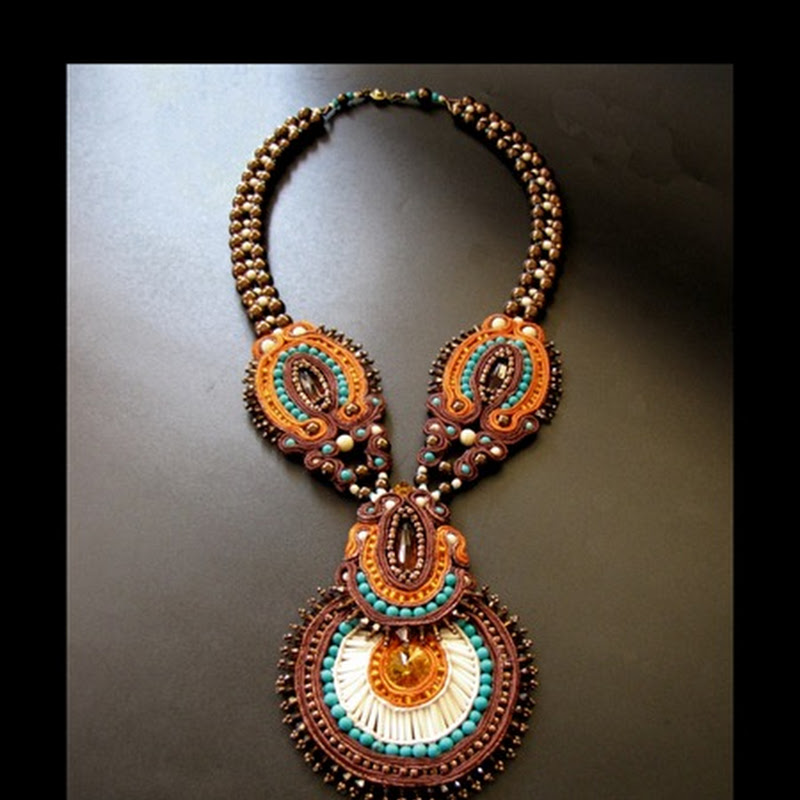
Each year I dread the pitfalls of the winter months, especially for our two outdoor cats. We have three cats, one who spends a good deal of time in the house, but the other two are outdoor cats. Both Breezy Boy and Chloe were strays that found their way to us and have adopted us. They are very skittish about coming in the house, even though we would love for them to make our home theirs just like our dear old girl Fluffy. But they do prefer to stay outdoors even during the cold winter months. We wound up purchasing an outdoor kennel for them which they love and they enjoy being in there especially on cold nights. I suspect they even enjoy it more now since my husband "Climatized" the kennel for them a few months ago. The photos depict what my husband designed to make it warmer for them. You can read the following which my husband wrote of how it warms them during our cold winter days and nights.
PLASTIC PET KENNEL INSULATION
Help keep your pet comfortable on a cold night. Two of our cats prefer to sleep outside (strange I know!) but they are semi-wild. As is usual with cats, they adopted us as their lifelong carers. We purchased a plastic kennel and placed it alongside a bordering fence a few metres along the path from our front doorway where there was some wind shelter provided by a wall between us and the neighbouring property. However, the kennel is a bare plastic shell and while it provides cover from rain and hail it does a poor job of keeping the animals warm during cold winter nights.
The photo shows a simple addition to the kennel using some kitchen foil and some old polystyrene foam packing material which will keep your pet warmer on those cold nights. Three lengths of foam plastic are first completely wrapped with standard kitchen aluminium foil and the foil is held on using adhesive tape (sellotape) - just like wrapping a parcel. The foil-covered foam lengths are then taped to the inner surface of the lid of the kennel using any good quality masking tape or other adhesive tape with enough strength to carry the weight of the foam. Cover as little of the foil as possible when taping the foil-covered foam to the lid. Before taping the foam to the lid, thoroughly degrease and cleam the inside surface of the lid using methylated spirits or other alcohol (soapy water would probably do it as long as the lid is allowed to dry thoroughly before attempting to apply the masking tape.
How it works: the foam itself will form an insulating barrier on the lid by trapping inside warm air rising from the animal/s and adding greatly to the thickness of the lid. The real fix though is the foil - it will reflect your pet's radiated (lost) heat straight back at the animal. It is a bit like having a low power heater attached to the upper surface of the lid. You can feel the effect for yourself by putting a hand inside the kennel when the lid is replaced after fitting the insulation. In effect you have created an insulated mirror with a semi-circular cross-section. You could also line the lower sides of the kennel with foam as well but we put a folded sack covered with a towel on the floor for them to sleep on and this partially covers the sides.
So if you have outdoor pets and are concerned about ways to keep them warm during the winter, do give this a try. I have often checked them as they come out of the kennel in the morning and they are as warm as toast. It truly works!
Cheers!
Patricia

















0 comments:
Post a Comment